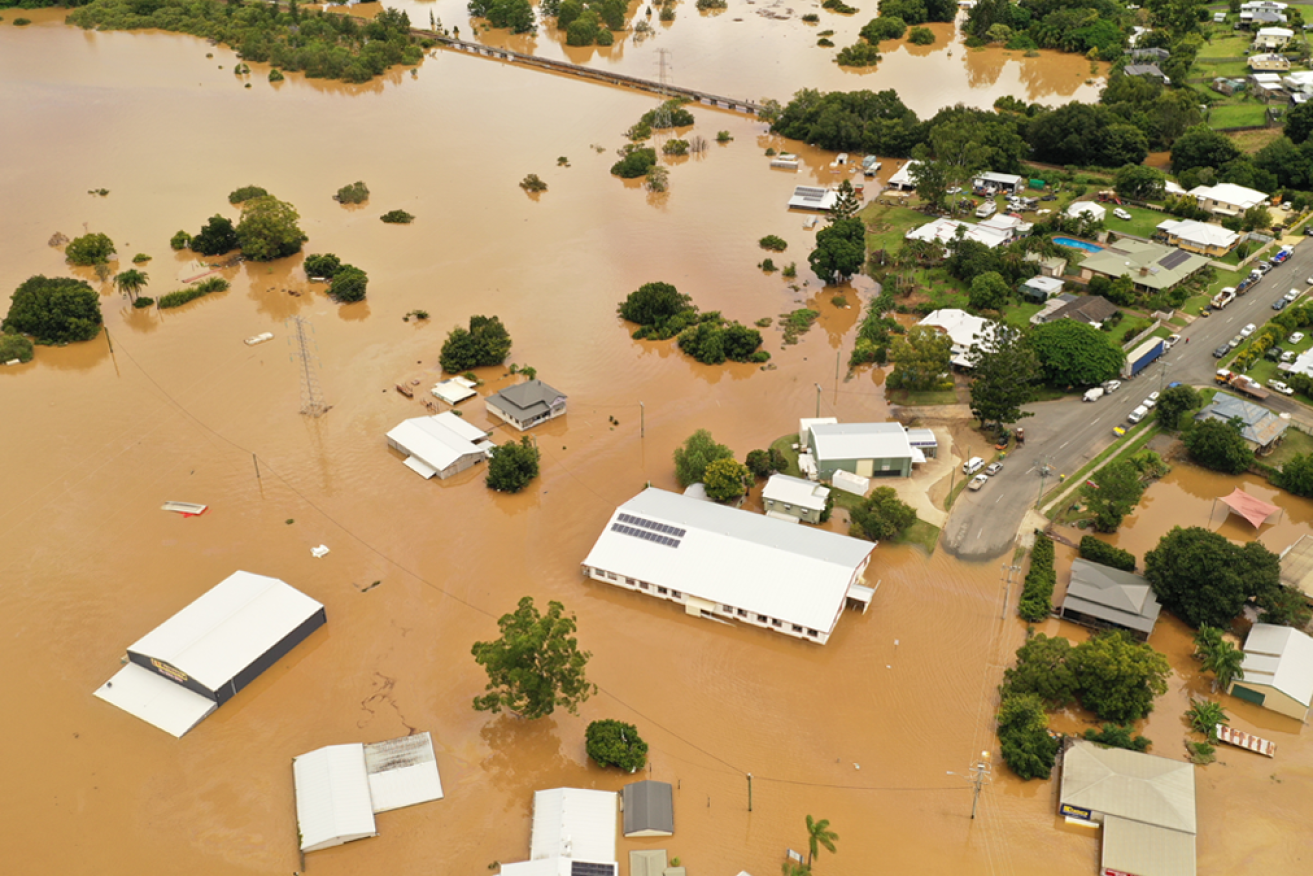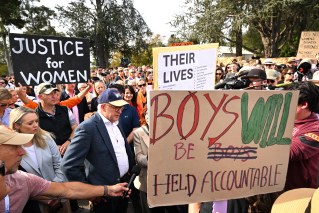Australia must adapt to climate change as floods ravage Queensland and northern NSW


Gympie was one of many Queensland towns to be submerged by flood waters. Photo: AAP
Deadly floods have again highlighted how Australia needs to adapt to live with increasingly severe natural disasters.
This natural disaster coincided with the release of the Intergovernmental Panel on Climate Change’s sixth report into the impacts of climate change on Monday night.
The global team of researchers warned that Australian cities would suffer “cascading, compounding and aggregate” natural disasters as climate change worsens.
But the report also urges communities to adapt now to cope with the most severe effects of climate chance.
The vice-chair of the IPCC working group responsible for the report is ANU Professor Mark Howden.
“Climate change is embedded into these events,” he told The New Daily.
“If we look at the flood that’s happening now, because we’ve got hotter air and we’ve got warmer oceans, that storm will be of a greater intensity than if we had cooler air and cooler oceans.”
This is Keen St in #Lismore. The Wilson River is expected to peak at 14.4m this afternoon – more than TWO metres higher than 1974 peak (12.15 m) and February 1954 (12.27m) @nbnnews @9NewsSyd pic.twitter.com/krAxZE5rYI
— Olivia Grace-Curran (@livgracecurran) February 28, 2022
Professor Howden said Australians had three choices to deal with floods: Accommodate, defend or retreat.
The consequences of inaction are evident, with countless people losing their homes and livelihoods last week.
Each town is different, and each home will need its own specific adaptations.
“What we need to do is be able to have sensible conversations about what adaptations make sense in a given context,” Professor Howden said.
Accommodate means changing our dwellings to survive these disasters, like building homes on stilts.
Defend means stopping the water at the source, such as with dams or levees.
Retreating is the most extreme option, and it involves entire towns packing up and moving somewhere safe.
Professor Howden pointed to the Queensland town of Grantham, which was subject to a government-backed relocation scheme for residents to move to higher ground after flash floods in 2011.
It’s a solution that lets the water run its natural course, but it’s not without great cost.
“You burn up a lot of social capital when people move,” he said.
The original, lower-lying parts of Grantham were again submerged in the current floods.

Residents of Goodna, Queensland, watch on as flood waters submerge a home. Photo: Getty
The clean-up and its price tag
“Climate change is already here and it’s accelerating, but our adaptation response isn’t fast enough,” Professor Howden said.
“And nor is our emission reduction sufficient to avoid in future the worst-case scenarios.”
That means people will have to largely fend for themselves after the current bout of floods.
According to Finder, 41 per cent of Queenslanders have home and contents insurance at the moment.
That’s slightly below the nationwide figure of 42 per cent.
However, the community has already chipped in for reconstruction efforts.
Defence Minister Peter Dutton started a GoFundMe campaign that has raised more than $27,000 for the community of Pine Rivers in his electorate of Dickson.
Some critics said Mr Dutton should use his position as a senior minister to push for better government disaster relief and tougher climate action.
However many more fundraisers have been set up by private citizens to help their neighbours, family or their wider community.
Across all GoFundMe pages for flood relief, more than $4 million has been raised.







